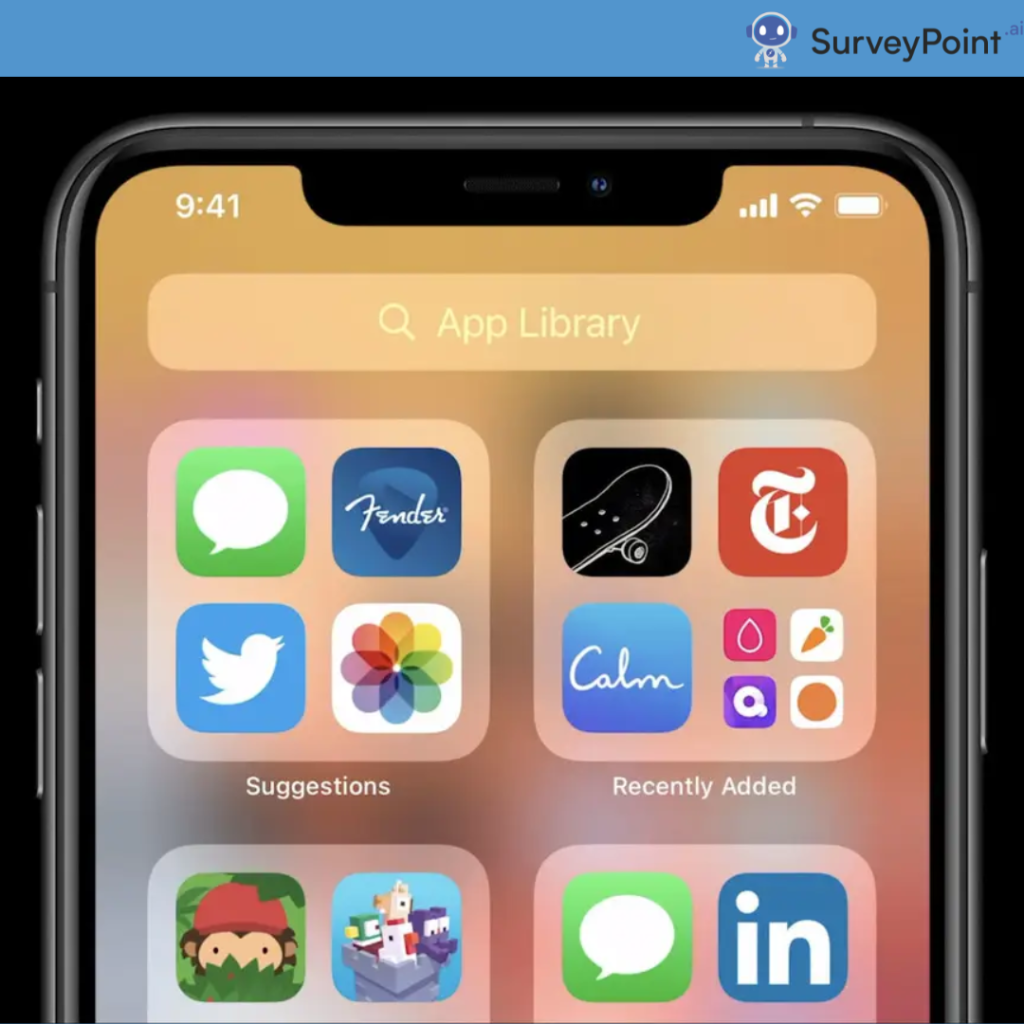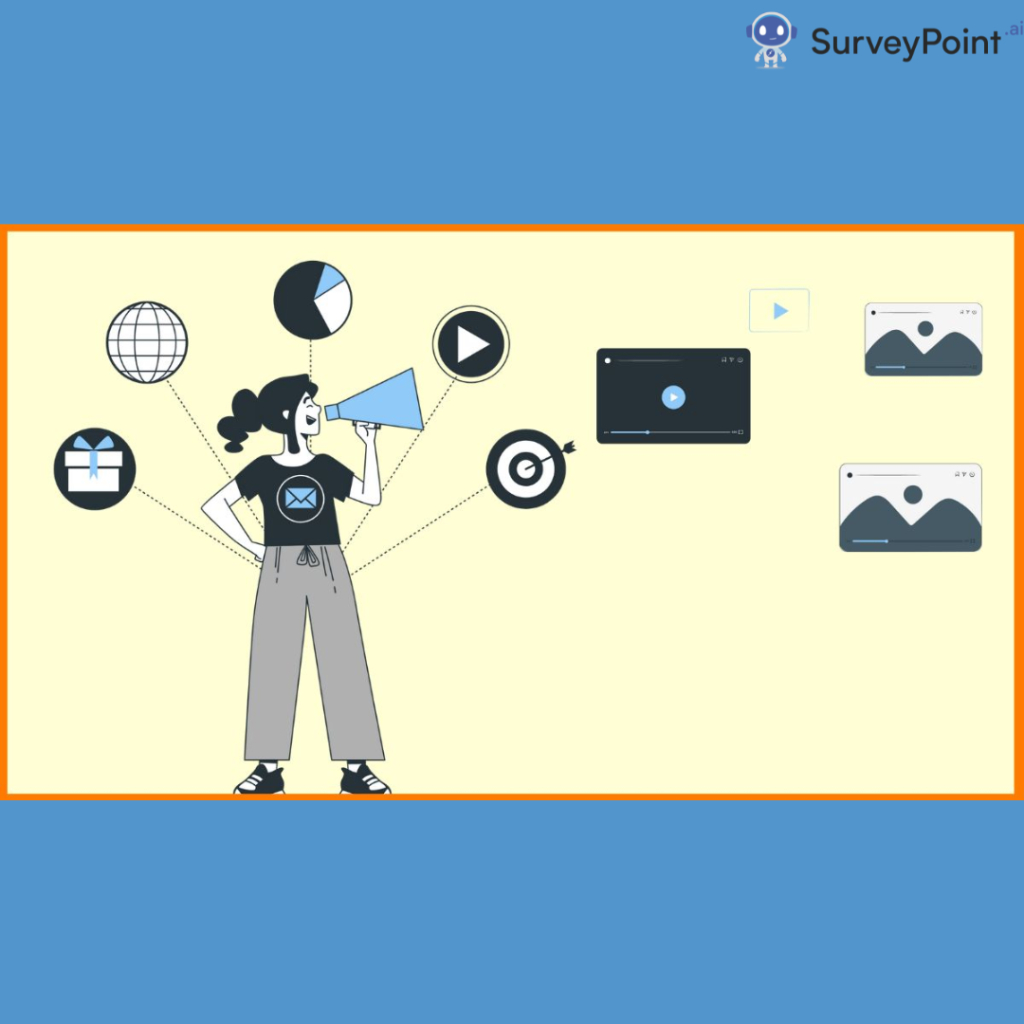
Understanding your target customer is essential to success in marketing. Building a marketing strategy requires knowing your target market’s identity and desires. It serves as the cornerstone of every effective marketing strategy. In order to create effective marketing strategies, deliver excellent customer service, and foster brand loyalty, it is imperative to understand the target consumer.
Excellent customer care is crucial for companies of all sizes and sectors. Why so? Because it enables them to tailor their marketing initiatives to the requirements and preferences of their customers. The article will discuss the idea of the target customer, its significance in marketing, different types, and how to carry out such an analysis.
Who is a Target Customer?
An organization’s target customer is a particular demographic or industry to which it wishes to market its goods. They are the groups or individuals most likely to buy something from a company. Goal consumers, ideal consumers, and customer profiles are additional target customer synonyms.
Numerous factors, including psychographics, demographics, location, behavior, and lifestyle, can be used to identify a target customer. Understanding these elements can aid companies in creating marketing plans that appeal to their target market.
Types of Target Customers
A business can concentrate on various target customers according to its products or services. Below are a few examples of typical intended target customer categories:
- Demographic target customers - They fit certain criteria, including age, gender, income, education, and profession. For example, a luxury skincare company might target wealthy, middle-aged women. A company selling toys and baby clothing might focus on young parents with toddlers.
- Geographic target customers - their location defines this type of target customer. For example, a restaurant in a tourist area might focus on tourists as their primary customers.
- Psychographic target customers - their interests, values, and lifestyle define their type. For example, a company selling outdoor equipment might target environmentally conscious customers who enjoy hiking and camping.
- Behavioral target customers - This target market can be identified by how they behave, including their buying trends, brand loyalty, and degree of involvement with the business. For example, a company might target customers who have previously purchased its products.
ALSO READ: Empathy Maps: A Tool for Getting Inside the Minds of Users
Examples of Target Customers
Listed below are a few examples of target customers:
- Fitness enthusiasts: Companies selling fitness equipment, gym memberships, or nutritional supplements may target this group.
- Small business owners: Companies selling software, office supplies, or marketing services target this group. For example, a home baker needs social media marketing to promote their bakery products.
- Parents of young children: Companies selling baby products, toys, clothing, or educational materials may target this group.
- Outdoor adventurers: Companies selling camping gear, outdoor clothing, or travel and lodging services may target this group.
- High-income professionals: Luxury car brands, high-end fashion designers, or expensive vacation packages may target this group.
Importance of Target Customer in Marketing
Target customers are essential to marketing because they enable companies to develop messages that are relevant to their target. As a result, marketing efforts are more effective, increasing the likelihood that prospective customers will become devoted ones.
The purpose of targeted customer service is to ensure that a business provides products and services aimed specifically at its clientele. Companies can develop a devoted clientele that brings repeat business and recommendations by focusing on their target market.
By analyzing target customers’ requirements, wants, and issues, companies can tailor their marketing strategies. This can result in increased sales, greater customer happiness, and higher return rates.
How to Conduct Target Customer Analysis?
Any business plan must begin with determining your target market. You must know your target market to avoid squandering money on pointless product development and marketing campaigns.
The following stages will assist you in conducting a target customer analysis:
Define your product or service
Simply defining the good or service you provide is the first stage. What do you offer, and does it solve your customers’ problems? You can start identifying potential target consumers by outlining your product or service.
Conduct market research
To zero in on your ideal clientele, market research is a must. Market research entails gathering data about your industry, competitors, and potential customers. You can gather information through online surveys, one-on-one interviews, or group discussions.
ALSO READ: Market Research Made Simple: Tips and Tricks
Analyze your current clients
If you currently have clients, analyze your community’s demographics, interests, and habits. Look for patterns and similarities among your existing customers.
Create customer personas
You can create customer personas after collecting all the required data. Customer personas are crafted individuals who reflect your ideal clients. They are based on actual data and help you better visualize and understand your target customers.
Test your assumptions
Refrain from assuming that your customer personas are correct. You may validate your hypotheses by speaking with prospective customers and getting their opinions regarding your product or service. This will enhance your comprehension of your target consumers and help you develop customer personas.
ALSO READ: Know the Market Research Challenges with its Solutions
Conclusion
Ulimately, identifying your target customers is essential for any business looking to succeed. You can learn more about your target customers by defining your product or service, conducting market research, looking at your present clients, developing customer personas, and validating your presumptions.
It gives you leverage to develop effective marketing strategies to appeal to that specific group of people. Remember to continually monitor and adjust your marketing strategies as you gain more insights into your target customers to ensure continued success.
Not Sure Where To Begin?
Explore our solutions to discover what is most important to your customers,
clients, and prospects. And best of all – it doesn’t take any coding!
Free Trial • No Payment Details Required • Cancel Anytime




